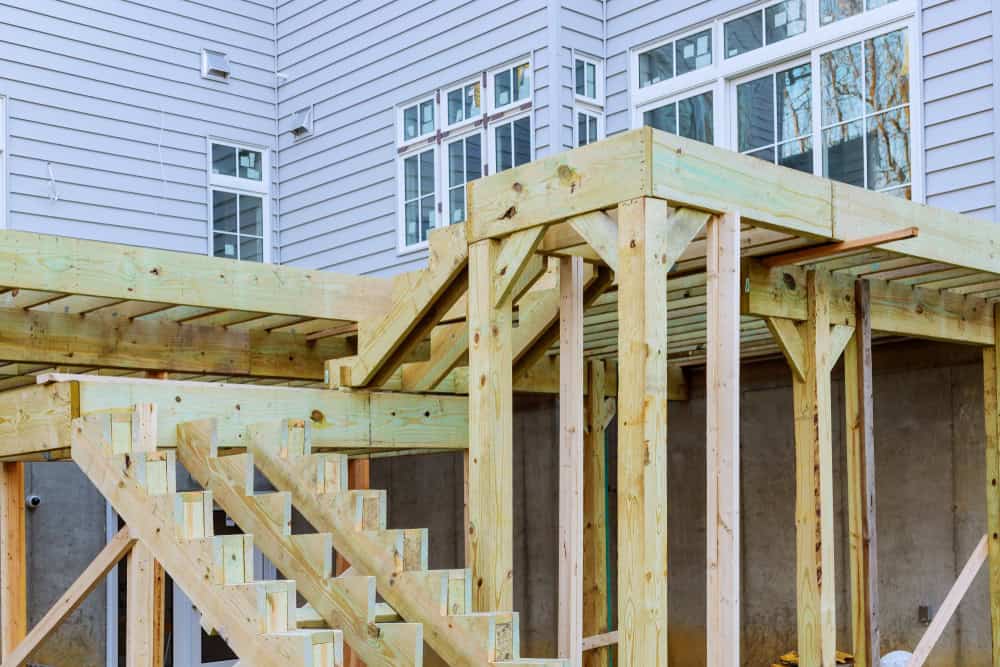Choosing the Right Decking Material for Your Home in New London County
Introduction to Decking Materials
Choosing the right material for your deck is key to enjoying your outdoor space for years to come. In New London County, where weather conditions can be tough, the materials you choose must withstand varying temperatures and moisture levels. Both wood and composite materials offer different benefits and challenges that can affect your deck’s performance and maintenance needs.
These materials differ in cost, upkeep, and appearance. Understanding these differences can help you make a choice that fits your lifestyle, budget, and the look you want for your home. This guide will walk you through what you need to know about wood and composite decking, helping you make a decision that you’ll be happy with for a long time.
Pros of Wood Decking
Wood decking is popular for its beautiful, natural look and its lower upfront cost compared to other materials. It feels warm and inviting, perfect for creating a welcoming outdoor space. Wood is also very versatile; it can be cut and shaped to meet any design needs, making it easy to personalize your deck.
Another advantage of wood is that it’s a renewable resource, especially if it comes from sustainably managed forests. This makes it a good choice for environmentally conscious homeowners. Wood decks can also add value to your home because many buyers appreciate the classic look and feel of natural wood.
Cons of Wood Decking
The main downside to wood decking is its high maintenance. To keep it looking good and to prevent damage, you’ll need to stain, seal, and repair the wood regularly. If not properly maintained, wood can warp, split, or rot over time, which can lead to bigger problems and more expenses.
These maintenance tasks not only take time but also add to the overall cost of having a wood deck. This means that over the years, the cost of keeping up a wood deck can end up being more than you initially saved on installation. This is important to consider if you’re thinking about using wood for your deck.

Pros of Composite Decking
Composite decking is known for its durability and low maintenance. Made from a mix of wood fibers and recycled plastics, it’s designed to resist fading, staining, and scratching. You won’t need to sand, stain, or seal it, which means less work each year to keep it looking new.
This type of decking lasts a long time without much upkeep, making it cost-effective in the long run, despite a higher initial price. Composite decking also comes in various colors and styles, some of which closely mimic the look of wood, giving you great aesthetic options without the maintenance.
Cons of Composite Decking
The biggest drawback of composite decking is its higher cost upfront. It’s more expensive than wood, which can be off-putting for some homeowners. While it’s known for being low-maintenance, some people don’t like its somewhat artificial look and feel compared to real wood.
From an environmental standpoint, even though composite decking uses recycled materials, it’s not always recyclable at the end of its life, which can be a concern for those trying to make sustainable choices. It’s important to weigh these factors when considering composite decking.
Making the Right Choice for Your Home
Your choice between wood and composite decking will depend on what’s more important to you: the natural beauty and texture of wood, or the durability and low maintenance of composite materials. If you enjoy DIY projects and don’t mind the upkeep, wood might be the right choice. It offers a natural, traditional look that many homeowners love. Consulting with professionals like Sullivan Contracting can also help guide you to the best choice for your home and lifestyle in New London County.




